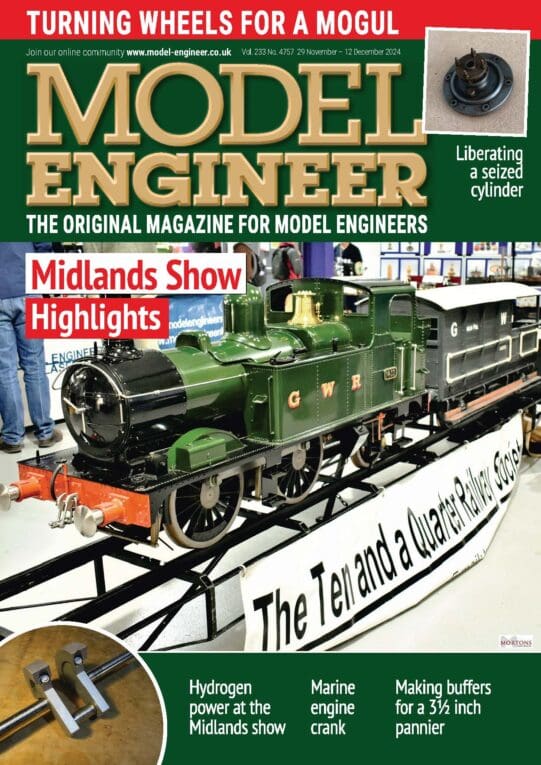Hi John
I have not tried them myself but I have a copy of an artlicle by a member of the Sydney(Australia) Clockmakers group.
He ran tests to determine the coeficient of friction (CoF) for a couple of types of ball bearings and a conventional polished pivot. He did the tests on the bearings as received ie had some sort of lubricating oil in them and then washed them out with kero (parafin to those in the UK) or acetone and ran the tests again. Results were as follows:
Plain 1mm pivot – CoF 0.16 dry and 0.22 oiled
Economy 2mm bearing – CoF 0.0044 as received
– CoF 0.0023 washed in kero
Stainless 2mm bearing – CoF 0.019 as received
– CoF 0.001 washed in kero
Economy 5mm bearing – CoF 0.0078 washed in kero
– CoF 0.0014 washed in acetone
A US supplier of jewled pivots claimed a CoF of 0.15. Not much better than a plain pivot but would wear much better.
The author also stated that:
Results of the Theoretical Study
With plain pivots, and assuming a pivot C of F of .15, and a gear meshing efficiency of 98%, the losses prior to the escapement are 22%, of which the pivots accounted for 14.8%.
If ball bearings are used on all arbors and using a pivot C of F of .005, with a gear meshing efficiency still at 98%, the losses prior to the escapement are 11.6%, of which the bearings accounted for only 3.4%.
If, indeed, the ball bearing C of F is really as low as .001 as some of the tests indicate, then the losses in the pivots would be virtually negligible. So the only losses through to the escape arbor would be due to gear friction, which, at this time, is an unknown quantity even though an efficiency of 98% was assumed.
As I was not the author I cannot comment on the results but they seem reasonable to me.
regards Col
Peter Bell.





